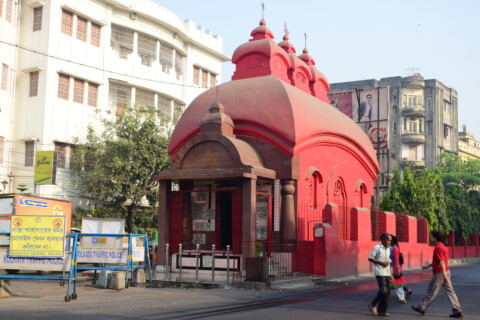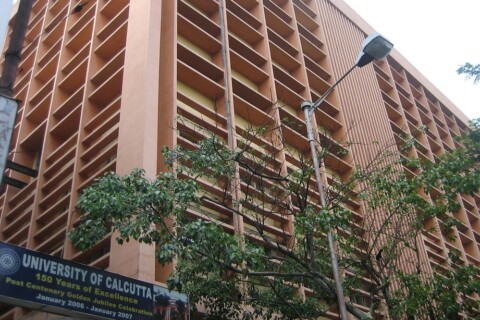E-Commerce & Business Communication Code – GE 2.1 Chg
Internal Assessment: 20 marks
Marks shown against the units indicate marks for Semester–end Examinations
Semester-end Examinations: 80 marks
Total 100 marks
Module I E-Commerce
Internal Assessment: 10 marks
Semester-end Examinations: 40 marks
Total 50 marks
[10 Marks, Class: 10]
Unit 1: Introduction
E-Commerce-meaning, nature, concepts, types; e-commerce business models B2B [concept,
major activities, types of B to B market (independent, buyer oriented, supplier oriented, emarket place)], B2C [portals, e-tailer, content provider, transaction broker, real life examples
of B2C], C2C, C2B, etc.; forces behind e-commerce, e-Governance [meaning, types,
significance, real life examples].
Unit 2: E-CRM and SCM
[8 Marks, Class: 8]
E-CRM-definition, features, goals of E-CRM business framework, phases of E-CRM, types
of E-CRM, Functional components of E-CRM, strategies for E-CRM
solutions; SCM-definition, features, types of supply chain.
Unit 3: Digital Payment
[8 Marks, Class: 8]
Methods of e-payments [Debit Card, Credit Card, Smart Cards, e-Money], electronic or
digital wallet, digital signature (procedures, working and legal provisions), payment gateways
[Core Banking Solution or CBS, Mobile Payment, UPI, NCPI, International Payments],
Online banking [meaning, concepts, importance, electronic fund transfer, automated clearing
house, automated ledger posting], risks involved in e-payments.
Unit 4: ERP
[8 Marks, Class: 8]
Definition, features, major characteristics, levels of ERP, benefits of ERP, enterprise potential
of ERP, modules of ERP, phases of ERP implementation, limitations of ERP.
Unit 5: New Trends in E-Commerce
[6 Marks, Class: 6]
Social Commerce-concept, definition, features; Digital Marketing-definition, objectives,
methods, limitations; Advertisement in Social Media-objectives, advantages and
disadvantages, procedures
Cu’s Suggested Readings
• P. T. Joseph, E-Commerce: An Indian Perspective, PHI Learning
• Henry Chan, Raymond Lee, Tharam Dillon, Elizabeth Chang, E-Commerce:
Fundamentals and Applications, Wiley.
• Laudon, E-Commerce, Pearson Education India
• Schneider G., E-Business, Cengage
• Bhaskar, B., E–Commerce, McGraw Hill
Module II Business Communication
Internal Assessment: 10 marks
Semester-end Examinations: 40 marks
Total 50 marks
Unit 1: Introduction
[8 Marks, Class: 8]
Definition, objectives, importance, elements, process, forms, models, principles of
effective communication, barriers to communication and remedial measures, role of
communication in conflict resolution
Unit 2: Types of Communication
[6 Marks, Class: 6]
Formal and informal communication, Grapevine, Characteristics of corporate
communication, Characteristics of corporate communication, Communication network
Unit 3: Tools of Communication
[6 Marks, Class: 6]
Emergence of communication technology, Modern Forms of communication, Fax, Email, Video Conferencing
Unit 4: Drafting
[20 Marks, Class: 20]
Notice, Circular, Resolution & Minutes, Report, CV writing, Business letter writing- Offer
letter, Quotation, Status enquiry, Confirmation, Execution, Refusal and cancellation of
order, Recommendation, Credit collection, Claim, Bank loan.
Cu’s Suggested Readings
• Anjanee, S. & Bhavana Adhikari, Business Communication, TMH
• Chaturvedi &Chaturvedi, Business Communication : Concepts, Cases and
Applications, Pearson
• M.K.Shegal &Vandana Khetarpal, Business Communication, Excel Books
• R.K.Madhukar, Business Communication, Vikash Publishing House Pvt. Ltd.
• Rao, Kumar & Bindu, Business Communication, Cengage
• Khanna, Puja., Business Communication, Vikash
• Raman & Sharma, Technical Communication, Oxford
• Lesikar, Flatley et al, Business Communication, McGraw Hill









